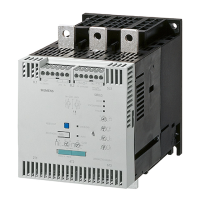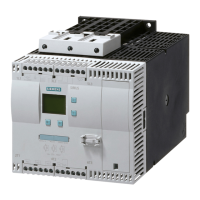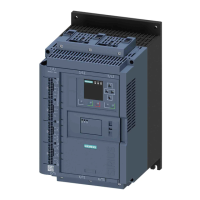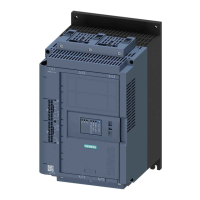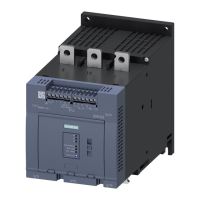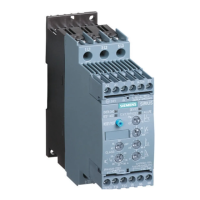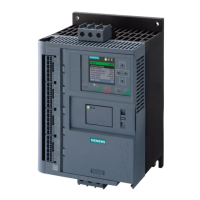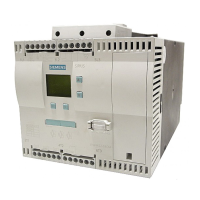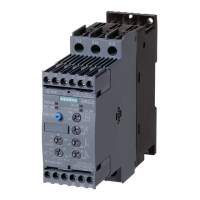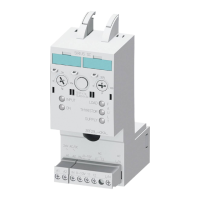What to do if there is missing load voltage or phase failure in my Siemens SIRIUS 3RW30?
- TTaylor MunozAug 3, 2025
If you're experiencing a missing load voltage or phase failure with your Siemens Controller, it could be due to several reasons. First, check if phase L1, L2, or L3 is missing or collapsing during motor operation. This can be caused by voltage dips. To resolve this, connect L1, L2, and L3 properly or correct the voltage dip. Another cause might be a motor that's too small, leading to a fault when switching to bypass mode. If the motor is using less than 10% of the soft starter's rated current, it can't be operated with the soft starter; consider using a different soft starter. Lastly, ensure that the motor phase T1, T2, and T3 are correctly connected, checking for issues like jumpers in the motor terminal box or a closed repair switch.
